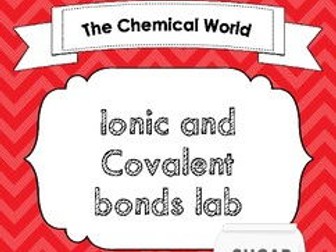Contraceptive methods bundle
This product contains everything you need to dispel misconceptions and teach about contraception and sexually transmissible infections.<br />
<br />
The bundle includes:<br />
1x Contraceptive true or false with common contraceptive misconceptions to stimulate class discussion<br />
1x Contraceptive Methods PowerPoint including natural, barrier, hormonal and permanent methods of contraception and a section at the end about religious views of contraception. <br />
1x Contraceptive method student worksheet and answers<br />
1x Sexually Transmissible Infections PowerPoint including images of each infection affecting an area of the body which is not the genitals (see note).<br />
<br />
These resources have been created for my classroom in Brisbane, Australia. As such, they are written in Australian English and are on A4 sized paper. If you are having trouble printing ensure you are selecting 'fit to page' on the PDF Print page. If you have any questions, feedback or suggestions please don't hesitate to contact me.<br />
<br />
Note: Research has shown that graphic images of infected genitals do not deter students or encourage them to practice safe sex, however, images of the same infections affecting visible areas (hands, faces, backs, etc.) have a much bigger impact on students. Teenagers are very socially driven and the idea that someone at school or a parent could see the infection (as it is not necessarily localised to the genital area) works as a strong incentive for practicing safe sex.








